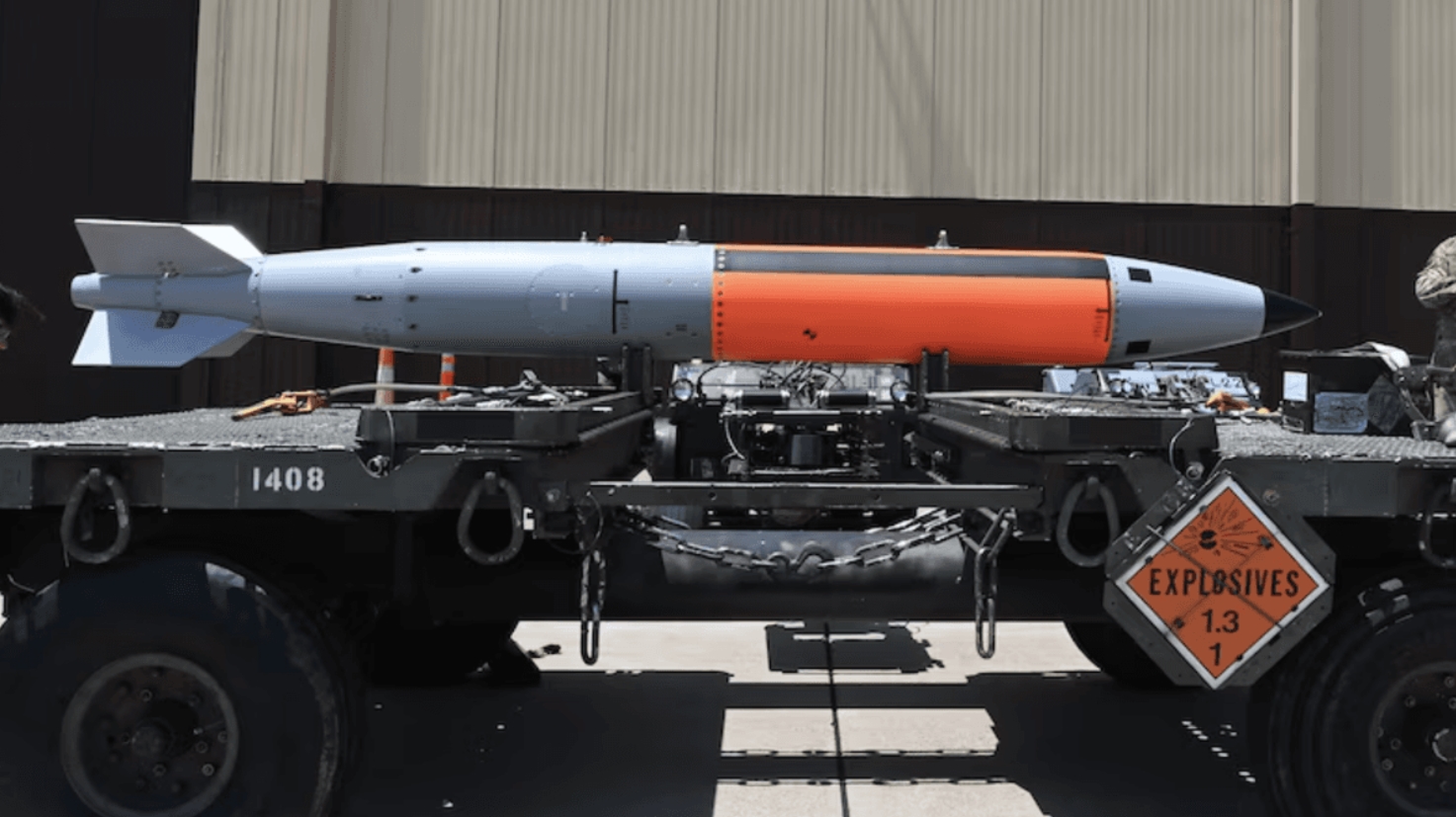
The United States has completed the modernization of the B61-12 LPU nuclear bomb as part of its service life extension program.
The U.S. National Nuclear Security Administration reported that the service life has been extended by twenty years.
These bombs, which are delivered by air, are critical to maintaining the nuclear deterrent.
The B61-12 LPU is the latest modification of the B61 family of nuclear bombs, which have been deployed at U.S. Air Force and North Atlantic Treaty Organization bases for over 50 years, making them the oldest weapon in the U.S. nuclear stockpile.
The modernization program to replace the outdated analogs of these bombs that have reached the end of their service life officially started in 2008.

The new LEP warhead will maintain the effectiveness of the B61-12 bomb and allow modification of the -3, -4, -7, and -10 variants of the B61 family of bombs.
As indicated, the modernized LEP bomb has less power than the previous model but greater accuracy due to the modified tail fin, which allows the projectile to plan from a high altitude to the target.
The United States will launch the production of the B61-13 bomb, which will use the production capacity of the B61-12 bomb.
The launch of the B61-13 bomb is scheduled for fiscal year 2026.
As noted by US military experts in their comments on the modernization of the US nuclear arsenal, in the coming decades, all nuclear weapons systems and their delivery systems will be replaced with newer versions.

Today, the United States has a stockpile of approximately 3,708 warheads, unchanged from the previous year.
Of these, only about 1770 warheads are deployed, while approximately 1938 are in reserve.
In November, the United States test-fired a Minuteman III intercontinental ballistic missile.
Підтримати нас можна через:
Приват: 5169 3351 0164 7408 PayPal - [email protected] Стати нашим патроном за лінком ⬇
Subscribe to our newsletter
or on ours Telegram
Thank you!!
You are subscribed to our newsletter